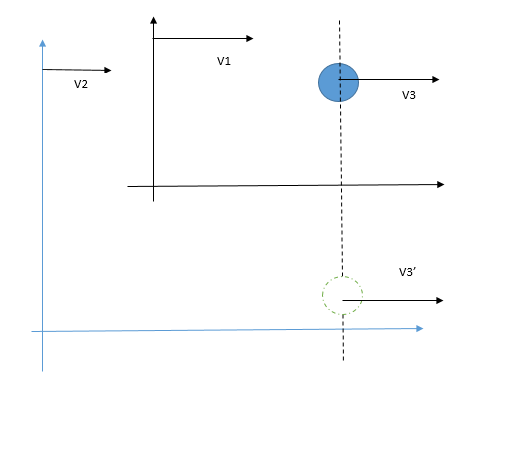Question #9cac1
1 Answer
That the Galilean picture of relative motion holds true; movement in speeds much smaller than the speed of light
Explanation:
First of all, I should confess that this question should be better stated, but I will try answer it how I understood it.
Before Einstein, it was accepted that when two systems moves, such as two trains, anything moving within them could be translated to the other based on the fact that speed can be summed, relatively to each other.
In the picture below, you have a particle moving within a framework, but we want to compare this with a second framework, with a different speed, but uniform one with respect to the other.
In other to know the velocity of the particle with respect the second referential, just sum up the speeds, and apply the classical formulae of classical mechanics and kinematics. This is an approach in general credited to Galileo.
What Einstein did was showing that when the referentials are in high speed, this simple relation is no longer applicable, you should adjust time and space according to his formula, the speed of light is constant, it cannot be subtracted or summed; this is the special relativity, in the general they can accelerate with respect to each other.


